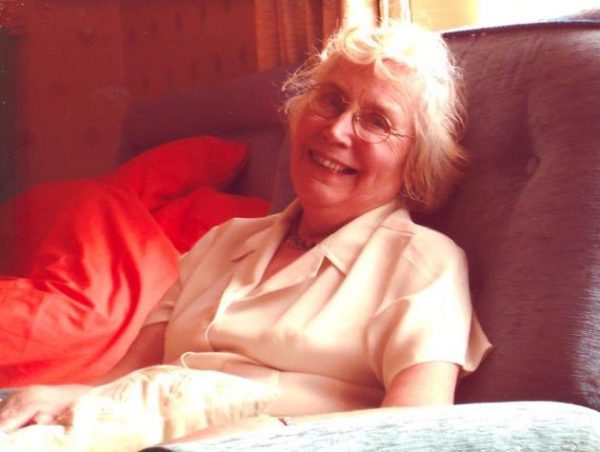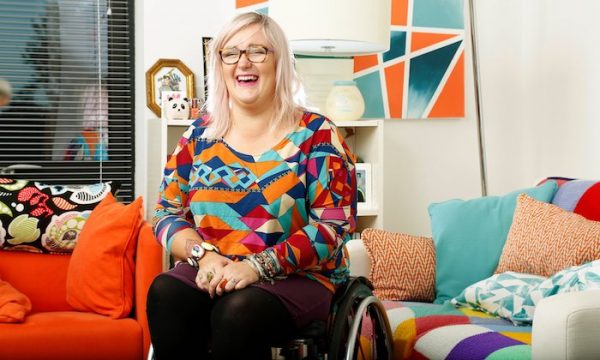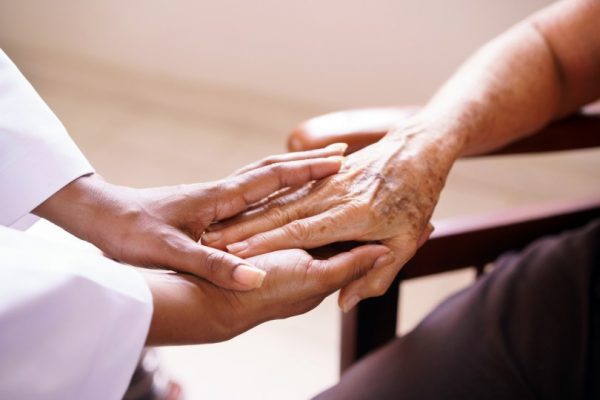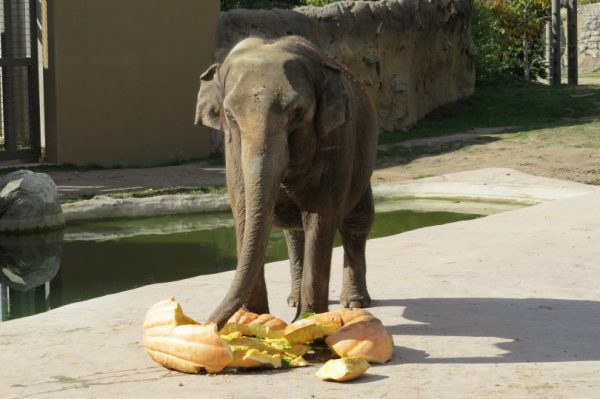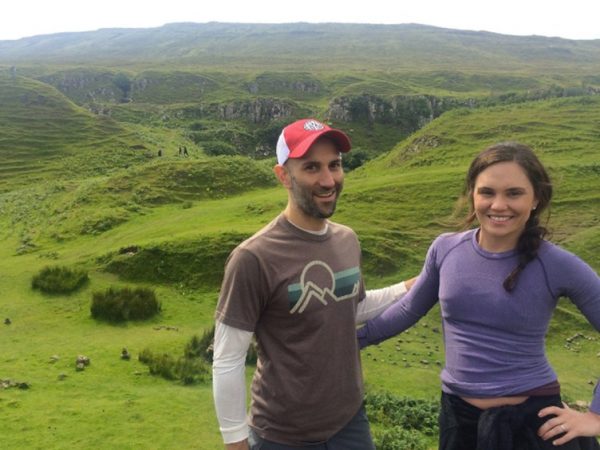‘You get to die only once, and you have one chance to get it right’
By

[H]ow would you like to die? Is this a question you ever ask yourself? More importantly, is it a question you ever answer? And, most importantly, is it an answer you share with your family?
For many it seems, the answer is no. Yet, when asked, it is something many of us would like to do. When the Irish Hospice Foundation (IHF) carried out research, they found 60 per cent of people thought there wasn’t enough discussion about death, yet 66 per cent have never discussed what they want around their end-of-life care with family.
“It’s a clear case of what people want versus what people do,” says Sharon Foley, chief executive of the IHF. “You get to die only once, and you have one chance to get it right. It’s so important to think about what you want for yourself at the end of life, now, while you still have capacity, to ensure the proper care and support for you, and less trauma for your family and loved ones.”
>When the doctor asked to talk to my dad and I, and we followed him into a side room, I knew it wasn’t good. All previous conversations had been in the ward corridor. This room had comfy chairs and a box of tissues. The room itself was the opening conversation about my mum’s death. He sat us down and explained that my mum’s stroke had been catastrophic causing significant brain damage, paralysis, double incontinence and that her chances of survival were not good. I had seen enough of my mum to know also that, if she did survive, her chances of living were not very good either.<
The doctor asked us what we wanted to do, if my mum needed to be resuscitated. Neither of us hesitated or even looked at each other to confer. We both said immediately, “Do not resuscitate.” We were lucky. We knew what my mum would have wanted. She had told us often enough. But I often wonder what would have happened if we had looked at each other first, and one of us defiantly had said yes.
But this is what often happens, as the decision over a parent or spouse’s death is left up to family members who are already in a deep place of distress. We know medical science is improving all the time and people are living longer, an obviously positive development. But it is also a challenge to respond to the care needs of an ageing population. While the medical profession has rightly focused on quantity of life, has society focused enough on the issue of quality of life? And, in particular, end of life?
According to Foley, no. “I liken it to the discussions in the 1980s around breast cancer. Women didn’t discuss it with friends. There were whispers about the ‘Big C’ and, as a result, women didn’t get screened, or get any support. Now screening and support are a part of life. We need the same sea change around our wishes regarding end of life.”
Critical conversation
For obvious reasons, thinking about our, or our parent’s death, is an upsetting notion, but, as Justin Moran of Age Action explains, it is critical to have that conversation while you still can. “We all think and prepare for what we leave behind in terms of our house and our legacy, but what about your own death? Thinking clearly about how you might want to be treated – or not – and ensuring decisions aren’t left to those you are leaving behind is about empowering people to make decisions for themselves while they can.”
The Irish Hospice Foundation encourages people to give guidance to family through a a campaign called Think Ahead and Have Your Say campaign, and this year legislation has come out introducing the opportunity for us all to leave a “living will”.
The Advanced Healthcare Decisions Bill gives people the chance to communicate their final healthcare requests when they might no longer be in a position to do so, and to provide healthcare professionals with important information about the patient’s treatment choices. You can also appoint a designated healthcare representative – a close friend or family member – to make healthcare decisions on your behalf if you no longer have the capacity to make those decisions.
A good death
“There is a lot of debate around what a ‘good death’ is,” says Foley. “This is about making death – something already heartbreaking and distressing for all – as respectful to the wishes of the patient as possible.”
Justin Moran acknowledges these are hard conversations to have with our parents or children. “It’s about ensuring that you retain as much control as you can over that part of your life.You don’t want to leave that responsibility to the people you love, who are already going through a tough time.”<
But is it enough? Back in that hospital room, we agreed to a DNR if my mum stopped breathing. But it was another five and a half years before she took her last breath. In the final months, in consultation with doctors, we took a further step to withdraw active life-prolonging treatment after she suffered a series of hospital-admitted infections which caused distress to everyone, especially her. We knew my mum’s wishes. But even at the end all we could do was withdraw treatment and wait and watch for the several weeks that nature took its course. She was never in pain. But she was distressed. She watched us, watching her die.
In many ways my mum had a “good death”. She died in my arms at home, with my dad and brother holding her hands. We had spent the previous two weeks constantly by her side, talking and touching, loving and laughing, holding her tight and letting her go. But, as her daughter, it was a terrible death.
Once we knew she was dying, once doctors confirmed she had passed the point of any recovery, there was nothing we could do but let her linger and languish as her body slowly shut down. She could easily have died when we had nipped to the loo, or gone to put the kettle on. The stress of that fear haunts me still. The conversation about dying has only just begun. But, for now, if we love the life we live, if we love the family we leave behind, if we want to be in control of our living, then as a society and individually, we need to talk more about dying.
Complete Article HERE!

